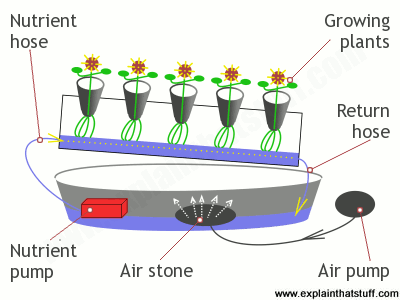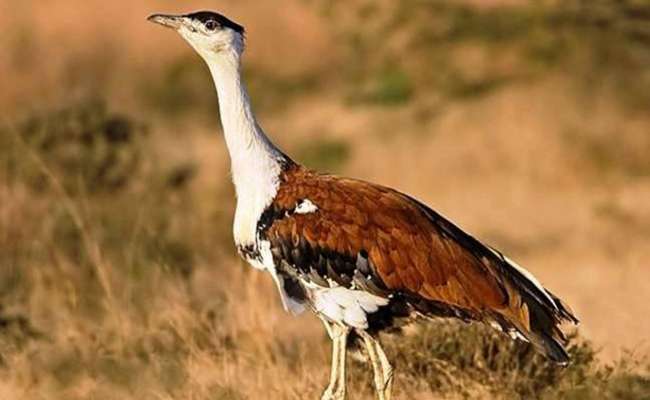7667766266
enquiry@shankarias.in
Renewable Energy Certificates (RECs)
Hydroponics

Asian Tea Alliance
World Press Freedom Index
Great Indian Bustard

Source: The Hindu, Business Line, Down to Earth